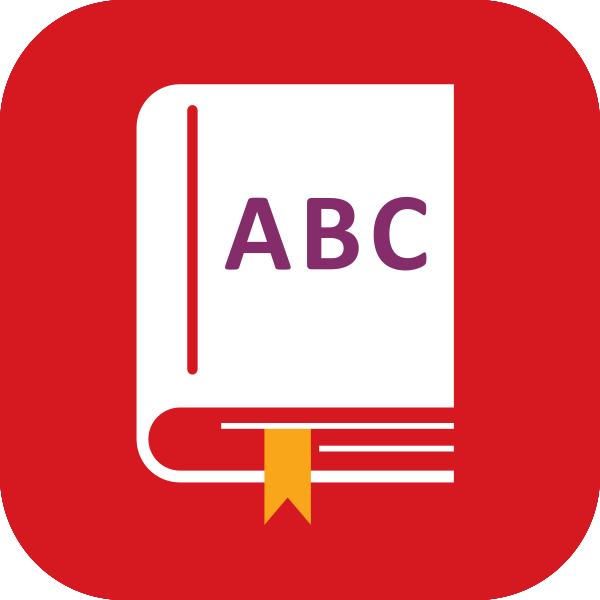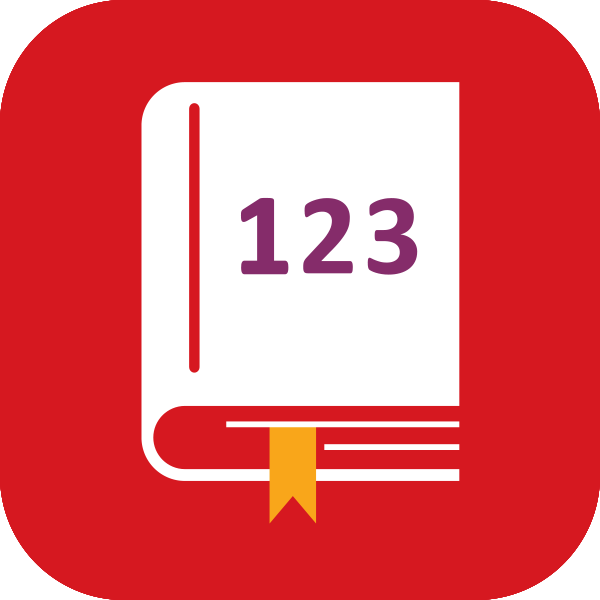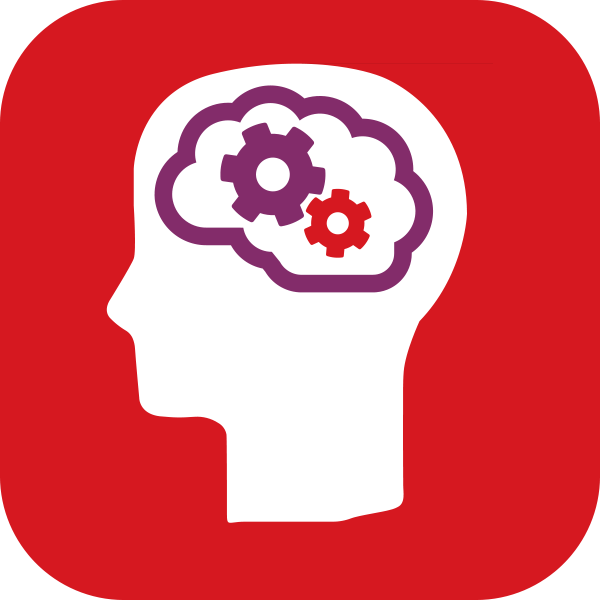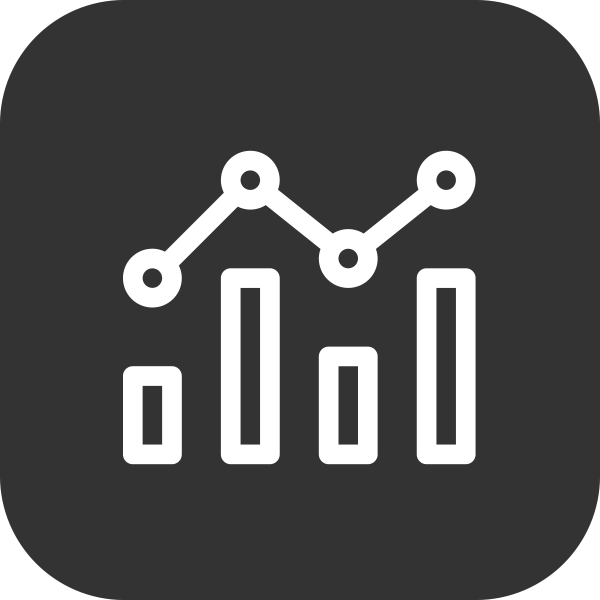Polly joined GL Education in April 2023 as an Assessment Insights Education Adviser, supporting schools using her knowledge of how our assessments can be used to improve their learners’ outcomes. Before this, Polly was a SENCo in a UK primary school where she used the Progress Test Series (PT Series). With over 10 years of teaching experience in both state and independent schools in the UK, she now finds herself on the other side of the fence – advising teachers on how to get the most out of the PT Series. Below Polly answers the questions she once had.
What is the Progress Test Series?
“It’s a measure of attainment in English, maths and science (PTE, PTM, and PTS), designed for use from Reception (pre-kindergarten) up to Year 10 (grade 9) . It’s not a test you teach to, but a means of reviewing what students have learned against the curriculum and identifying gaps. As curriculum changes happen, the PT Series is updated to reflect these.
“There are now two forms for each assessment – we introduced Form B following teacher requests for two data points across the school year. The PT Series is really useful for identifying learners needing additional support or challenge at individual, class or year group level. By doing two tests a year you can see the impact of any interventions.”
What information is provided?
“The tests provide raw scores for student-by-student detail, and standardised scores – SAS (Standard Age Score), Stanines (short for ‘standard nines’ – a useful way of grouping learners based on their standardised scores), and NPR (National Percentile Rank) – for a whole class overview. I find stanines especially useful as a broader way of categorising scores. Learners in stanines 1-3 are below average, 4-6 are average, and 7-9 are above average. Categorising learners in this way provides a manageable starting point for working out what’s behind the data.
“My focus as a SENCo was on learners in the below average band, with a stronger focus on the absolute minimum SAS of 69. I crossed checked these learners against the SEND register and, if any were not on there, I would speak to their class teachers and parents to ascertain what support might be required. For learners that were on the register, I looked at progress over time and evaluated the impact of interventions and personalised learning. I then worked with teachers and parents to plan next steps – e.g. different intervention, referral to an outside agency, or an EHCP application depending on where each learner was in their SEND journey.
“The PT Series provides data for curriculum categories (topics). The Progress Test in Maths analyses process categories (the ability to understand and apply), the Progress Test in Science provides information on different reporting areas (e.g. working scientifically), and the Progress Test in English measures English skills and reading comprehension. Where there is a difference of 3 or more between Standard Age Scores, this can indicate that further support may be required, even if the learner has an above average SAS.
“The PT Series also provides question level analysis which is useful when looking across a cohort, as it can flag topics not taught, or where teaching simply hasn’t worked, so you can re-visit in a different way. I recommend to start looking at the data at stanine 3, because these learners have the potential to move up to the ‘average’ band with minimal intervention or perhaps slightly adapted teaching.
“Reports show student-by-student breakdown, progress category (measured between test administrations), and information for key groups (e.g. SEND, EAL, FSM) – providing another way to filter and spot patterns. You can also see group performance compared to national averages.”
How can the PT Series help identify vulnerable learners?
“As a SENCo I looked at:
- Learners just below average (SAS 88 or below), and within stanine 3. With additional intervention or reasonable adjustments could we move them up into the ‘average’ band?
- Learners in stanine 4 to try to stop them from slipping down.
- The lowest scores (SAS 69), since that indicated the most vulnerable, and cross-checked these learners against the SEND register.
- The number of questions attempted and compared with their score, as this can clearly signal someone who’s struggling.
- Where scores gave clues about hidden issues, e.g. discrepancies between English skills and reading comprehension in PTE.
- Learners who hadn’t improved as expected (where there were progress categories), to try to understand what else we could do to help.”
How could it be used across different roles within the school?
“Senior leaders can use the data to spot gaps in curriculum teaching and teacher development needs, e.g. if a pattern of low reading comprehension across the school emerges this can inform teaching strategy and then be monitored.
“For individual teachers, the clarity and visual nature of the reports means they’re not overwhelming or time-consuming. Reports can be downloaded by name, tutor group or SAS, using Excel to manipulate further (especially useful for school leaders). The question-level analysis is helpful to see how effective teaching is in specific areas and make tweaks.
“It’s easy to share reports with both governors and parents, which significantly saves preparation time. The Parent Report is designed to support these conversations with parent-friendly language and tips on how they can help at home.”
Why should you look beyond the SAS?
“Because there’s SO much more, which will help answer questions and solve puzzles!
“The SAS is a great starting point. The average is 100, so scores on either side show below or above average. Lightbulb moments often result from spotting patterns emerging from the data, or when a score suddenly provides the missing piece in a jigsaw puzzle. Comparing stanines alongside the SAS can be eye-opening, pointing to possible problems not yet visible so that interventions can be made early.”
How can you use the data alongside other information to evaluate learner need?
“Triangulating data across several assessments produces lightbulb moments, bringing together teacher judgement, parent instinct, context, and hard evidence. Comparing PT Series data with that of the Cognitive Abilities Test (CAT4) is especially useful, sometimes revealing big gaps between attainment and ability.
“Using the Pupil Attitudes to Self and School (PASS) measure can clarify where confidence issues or other barriers to learning are holding back an able learner. The GL Data Dashboard enables you to see all of that on one screen – a complete Whole Pupil View at a glance.
“In my school, we used PASS to measure attitudes, as well as the PT Series, but what we didn’t do was compare them. Now I know how much rich information we could have had that we missed out on.”
What are the next steps?
“My tip would be to explore all the free support designed to help teachers make the most of their data. This includes one-to-one consultations, and as we’ve all been teachers ourselves it helps keep our advice grounded.
“Here are three examples from consultations I’ve had with schools:
- We compared PT Series and PASS data, and there were learners with average PT Series scores, but with a low perceived learning capability revealed by PASS. Surprised teachers said: “But they just get on with their work...”. PASS has a track record of spotting problems that learners successfully hide, so that action can be taken early, before they start falling behind.
- PT Series data supports transition conversations. In this example, Year 2 (Grade1) teachers met with Year 3 (Grade 2) teachers who were going to teach the learners, and they compared all the PT Series data. Year 2 teachers had the context of teaching to go with the data, so it was a really productive conversation – flagging curriculum areas that needed to be covered when the learners returned.
- Teachers often say that consultations have given them confidence that they were thinking along the right lines. One school had a meeting with their SENCo soon after, and told us it gave him confidence to talk through the data.”
Here are a few of the support options available to you if you’re using, or about to adopt, the PT Series:








